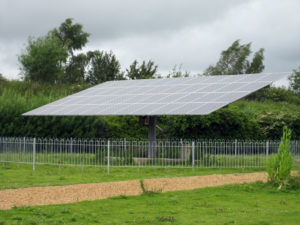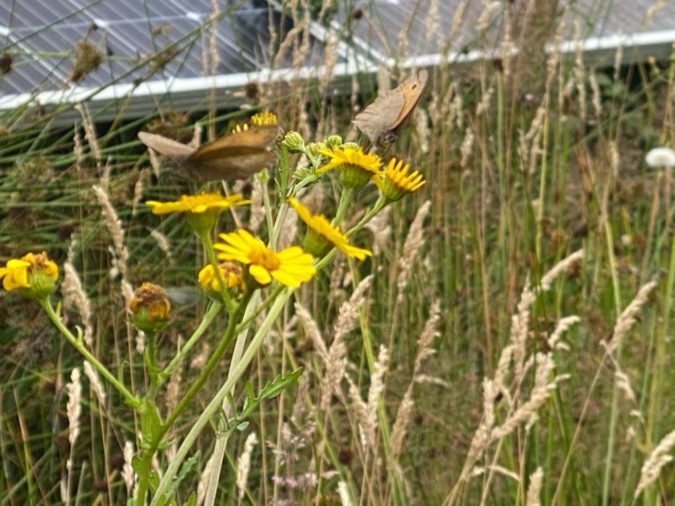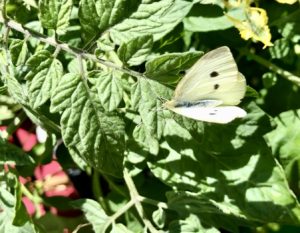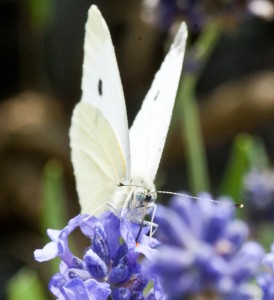Butterfly updates

Solar farms have sprung up across the country with hundreds or thousands of solar panels, linked together in fields. Now, researchers in the States have shown that sowing grasses and wild flowers in-between the panels on solar farms resulted in:
- A significant increase in the number of beneficial insects (bees in particular benefitted)
- An increase in insect diversity
- beneficial 'spillover effects' on adjacent farmland.
The solar farms under study were sown with specially designed seed mixes.

See also the previous woodlands blog on solar panels and wildlife
The seeding of solar farms would seem to offer support to :
- Renewable Energy Generation:
- Biodiversity
- Pollination services
- Habitat restoration: in fields that may have been damaged by intensive agriculture and / or development.
- They can also act as a refuge for native plants and wildlife.
- Erosion control: the root systems of native plant species (which penetrate to different depths) help prevent soil erosion.
- Reduced maintenance costs: as less mowing / weed control needed.
The cabbage white butterfly is generally regarded as the enemy by the keen vegetable gardener. If you are growing brassicas - cabbages, cauliflowers, brussels sprouts, broccoli, kale or pak choi, it is likely that you will have these butterflies as summer visitors. The butterfly is white with black spots on the wings. Males have a single spot on each of the forewings, whereas the females have paired spots.

The butterflies are attracted to the plants as they produce the chemical - glucobrassicin. The butterflies can sense the glucobrassicin through the hairs on their front legs (they have three pairs of legs, a pair on each segment of the thorax). This chemical, glucobrassin, stimulates them to lay their eggs on the leaves of cabbage and other brassicas. A female can lay up to 800 yellow eggs. These eggs may hatch and the green / black caterpillars emerge. These caterpillars can double their mass in a day through their voracious feeding. The adults are attracted to the glucobrassicin in the brassicas just as the caterpillars ‘enjoy’ the chemical - SINIGRIN. When leaf tissue is damaged, the sinigrin is broken down into a mustard oil, responsible for the pungent taste of Cruciferous vegetables.
 There are a number of strategies that may help keep the butterfliess away from your crops, and reduce the damage by the caterpillars.
There are a number of strategies that may help keep the butterfliess away from your crops, and reduce the damage by the caterpillars.
- Cover the plants with an insect proof mesh
- Offer ‘sacrificial brassicas’ away from the main crop
- Use companion / mixed planting, so that beneficial insects have 'hiding places' and it is more difficult for the female cabbage whites to find the brassicas. Also, by mixing up the planting with herbs and other veg, it makes it a bit more difficult for the caterpillars to move from cabbage to cabbage etc.
- If you do need to use an insecticide, consider using the products derived from Bacillus thuringiensis.
Comments are closed for this post.
Discussion
US research refers to two sites with grass with wildflower mix beneath panels.
A benefit to biodiversity is only likely to occur when sites are well designed and take account of any existing valuable and protected species / habitats on and in the vicinity of the site. Gains also depends how degraded the land and surrounds were prior to the new use.
A Solar Farm does not equal improved biodiversity, without specific considered and sensitive measures being put in place. Solar farms can be designed to restore habitat and bring biodiversity gains, but most aren’t – they’re designed for financial profit with minimum, token, biodiversity considerations and developers quote articles like this in support of their proposals in the hope that the public don’t get round to reading the detailed article and how those principles have (/haven’t) been applied.

Here’s a link to what it sounds like when a steel pile for a solar panel is driven into the ground (from 16 seconds in)
https://www.youtube.com/watch?v=4QRXQJ9JyCA&t=1s
And here’s a video showing what inverters sound like when running, these are usually dotted throughout a solar installation. You can decide whether you feel this would impact bats and other wildlife. https://www.youtube.com/watch?v=6kfruLSXsSo
Liz Watson
24 April, 2024